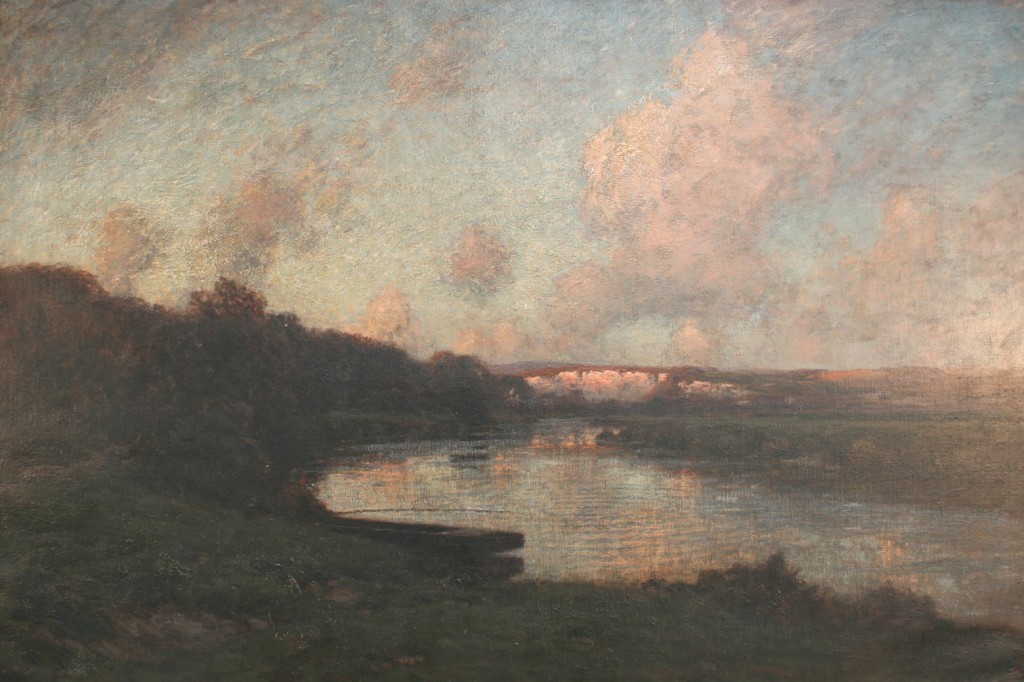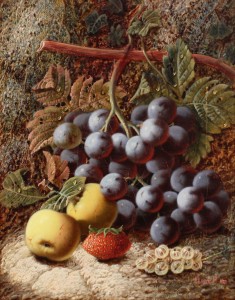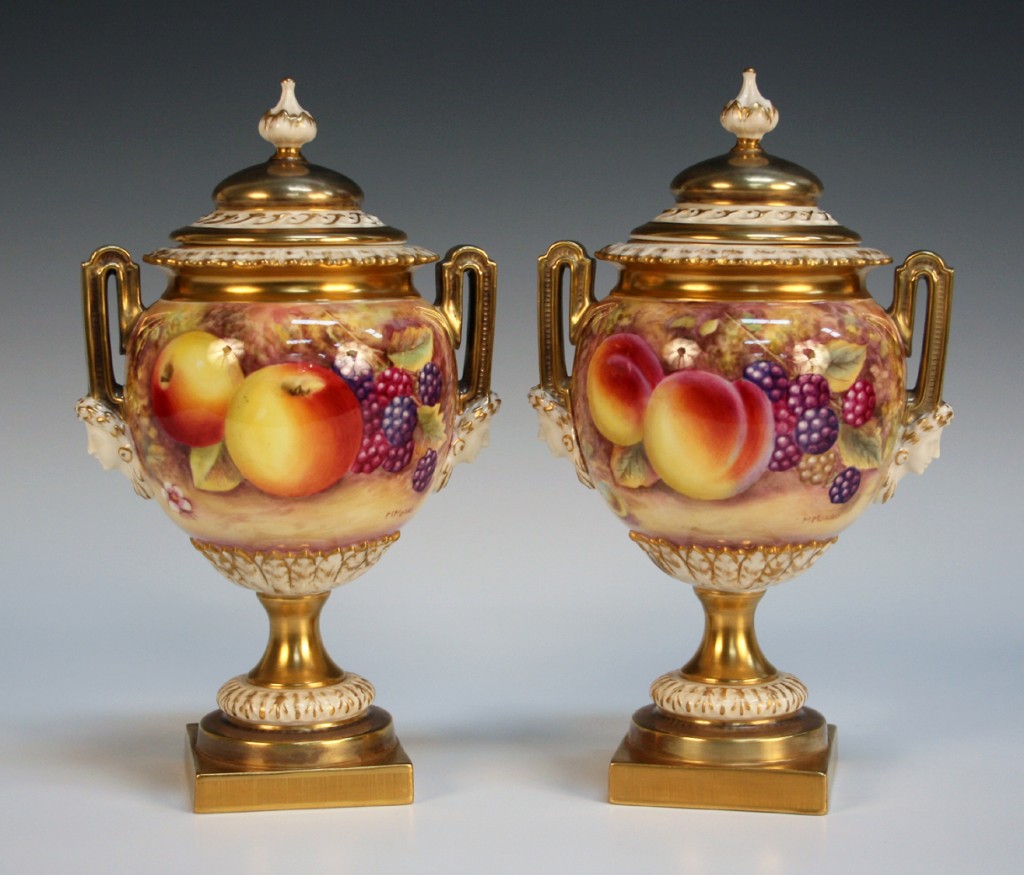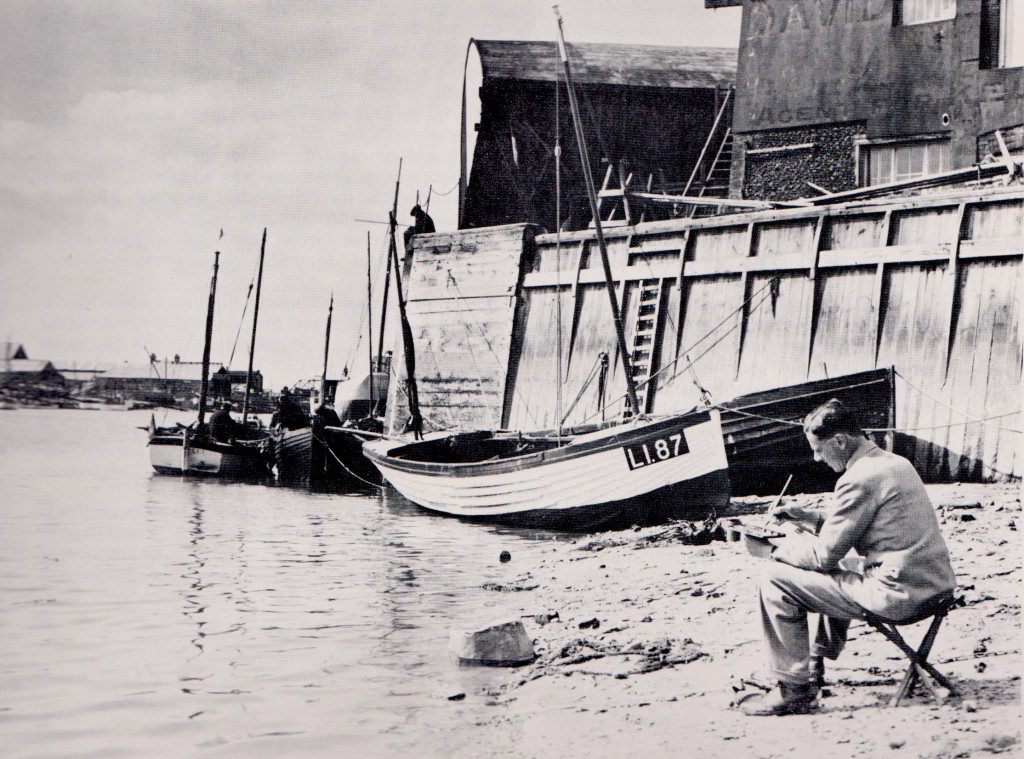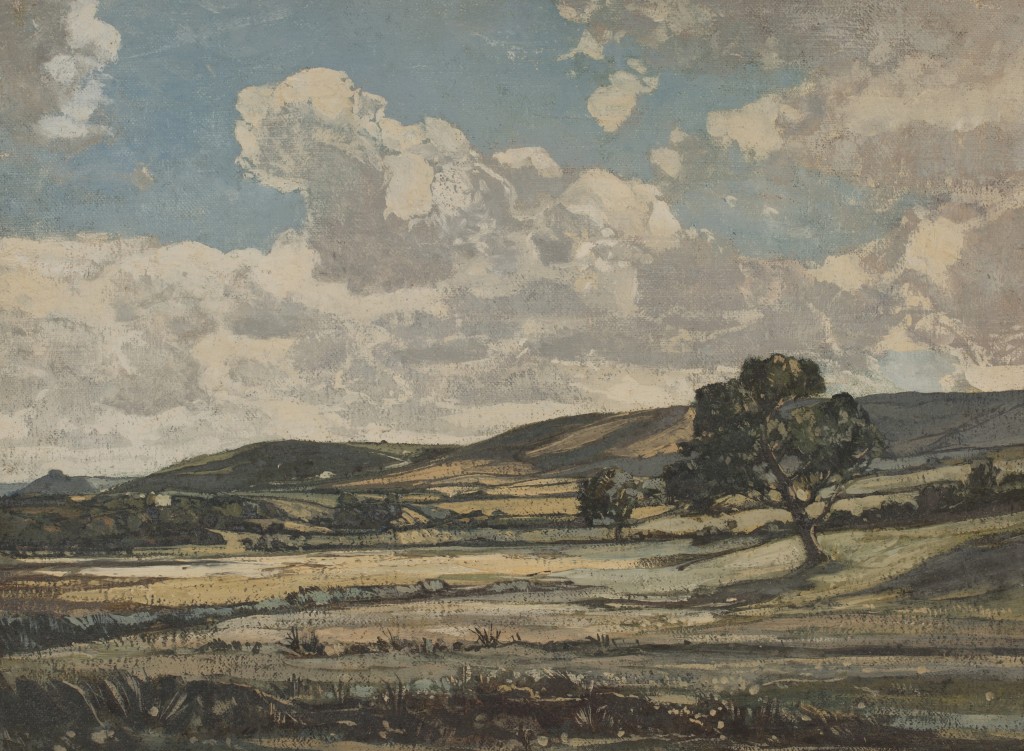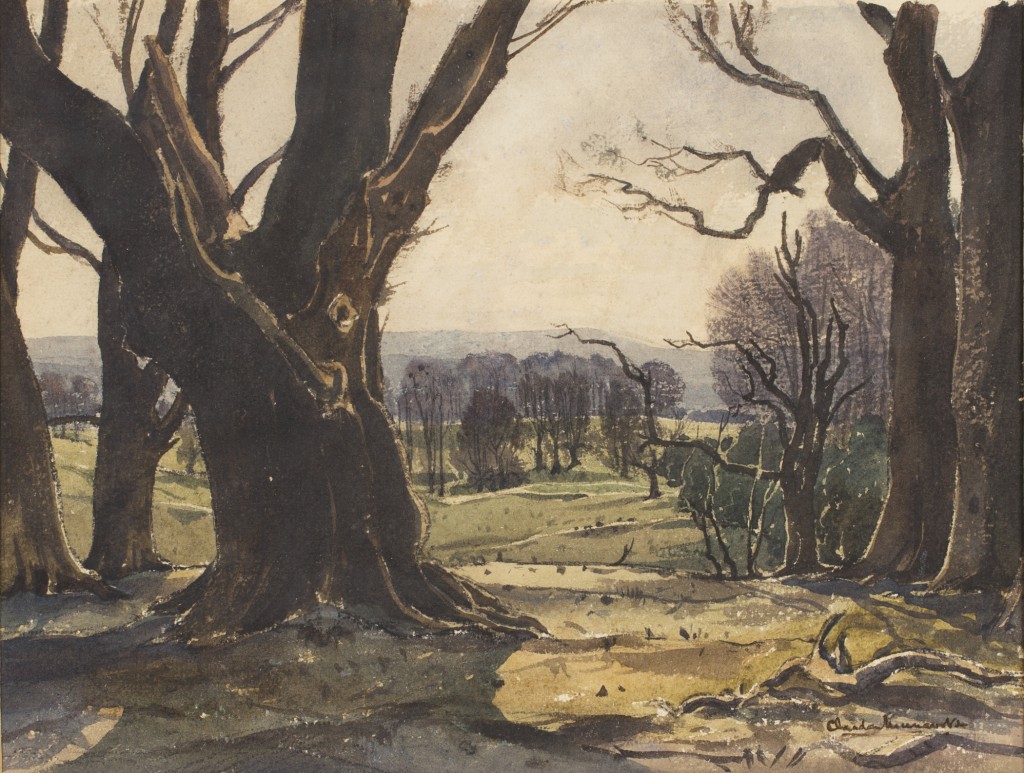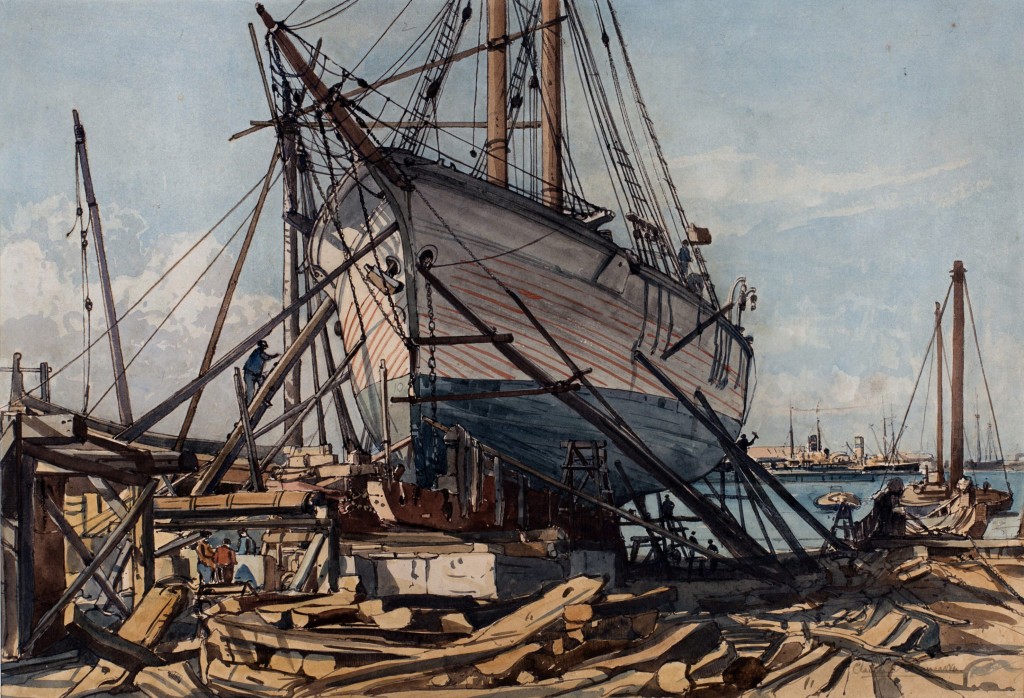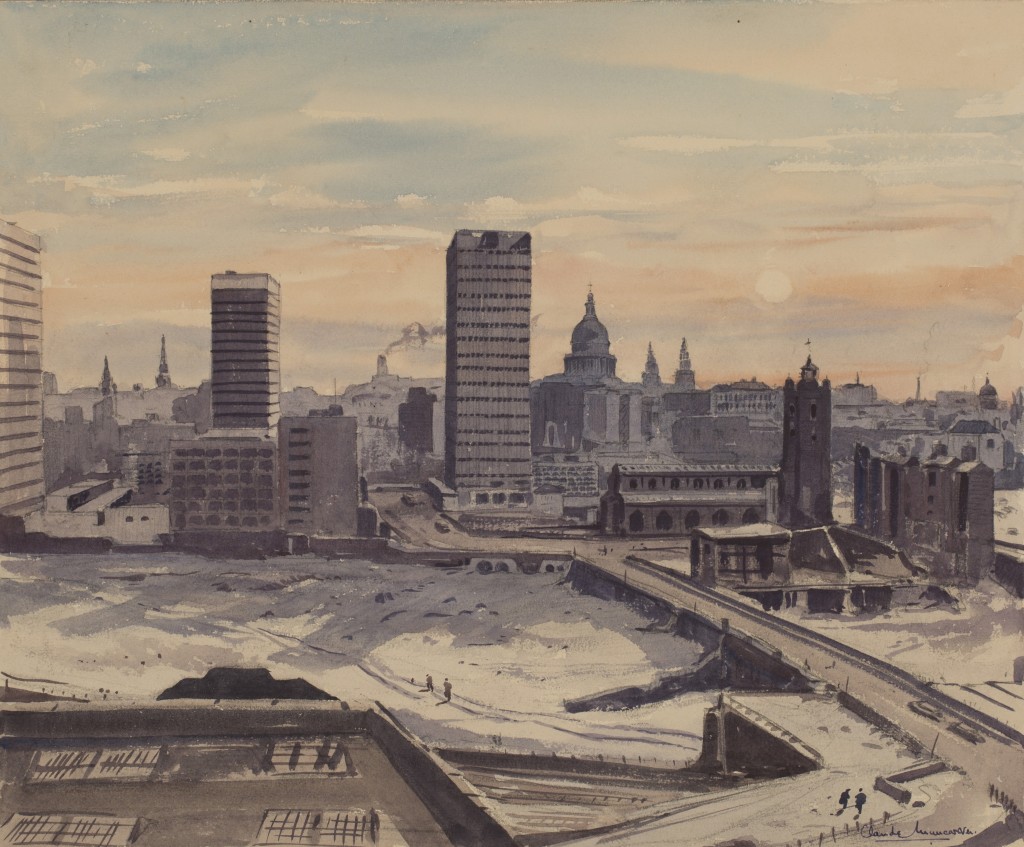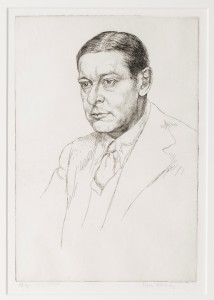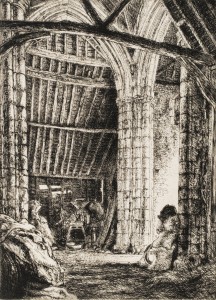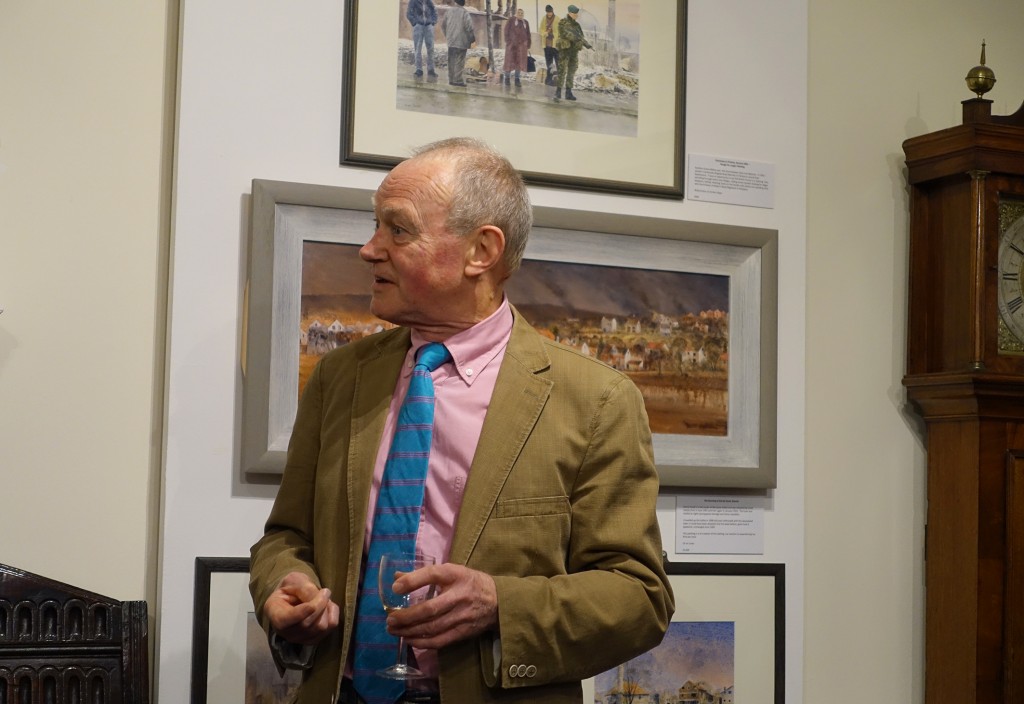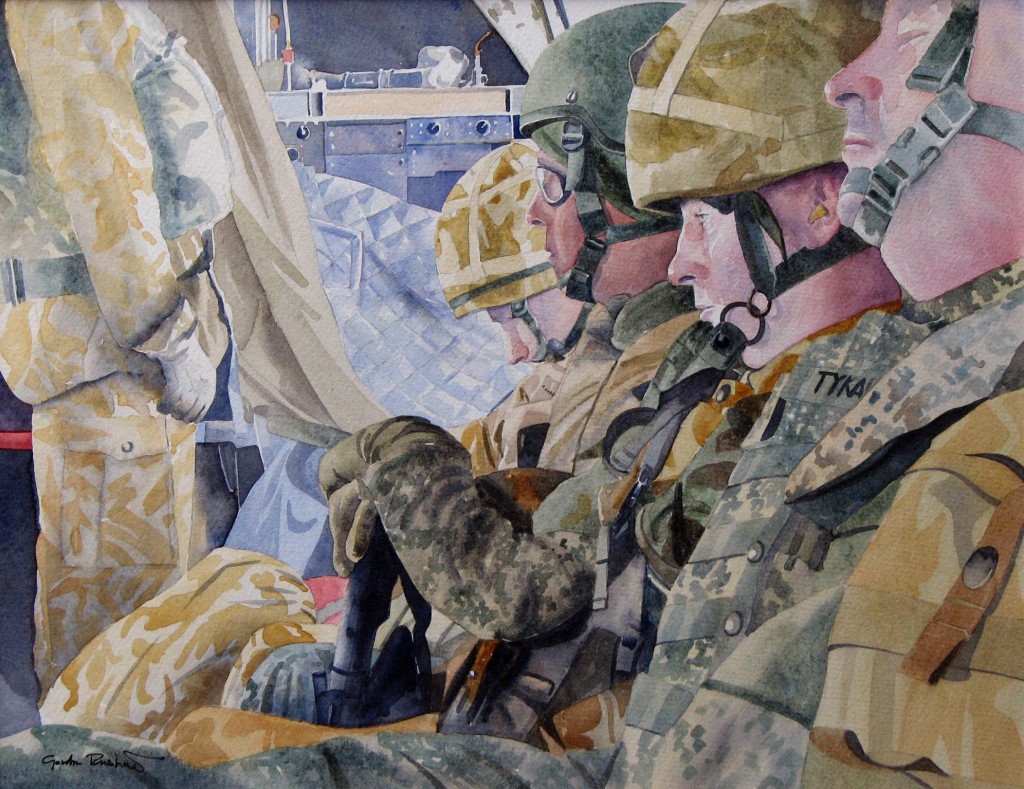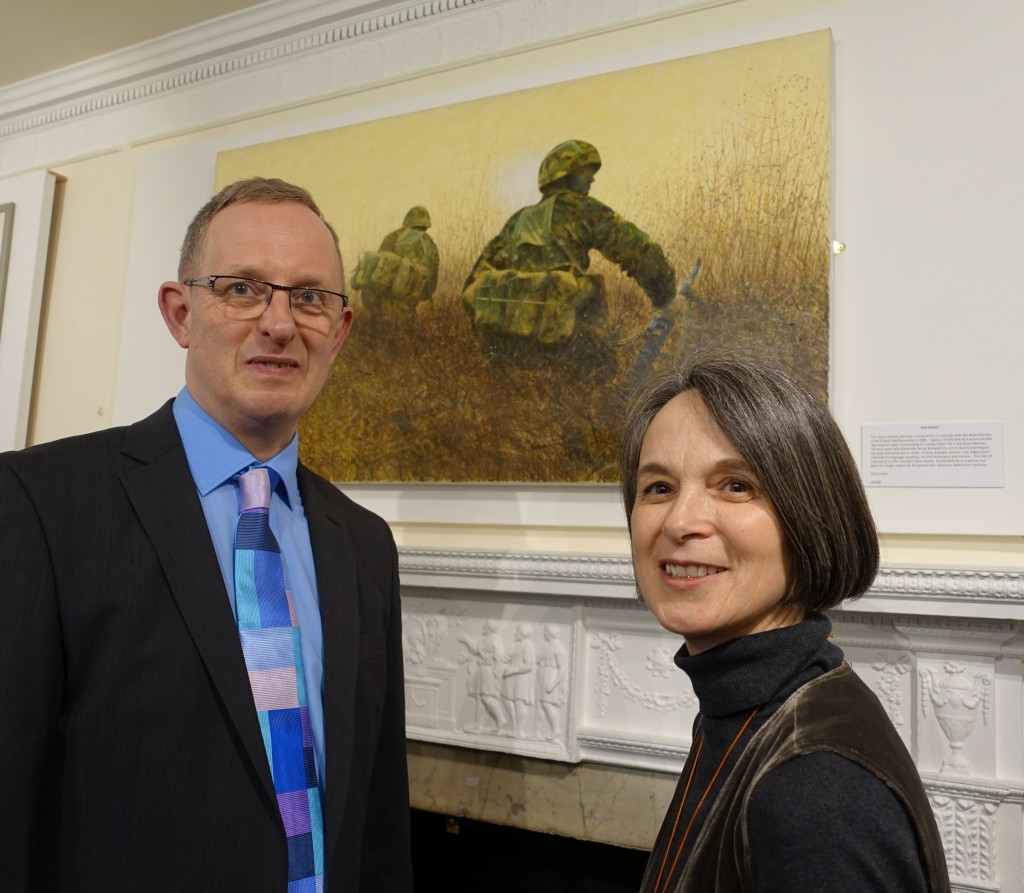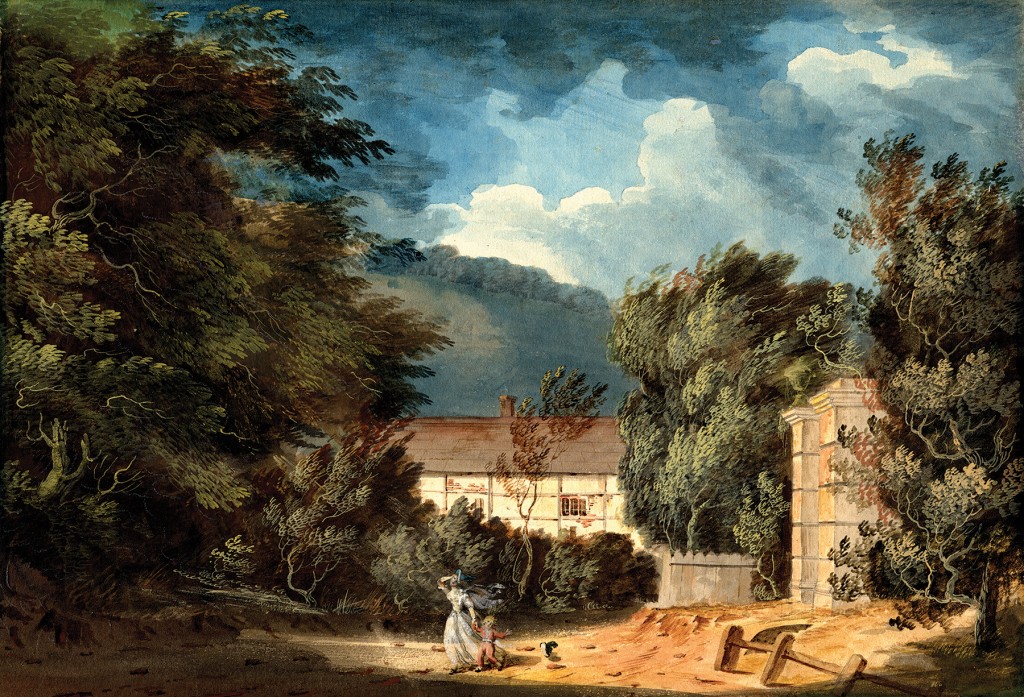
In 2010 the Horsham Museum became the Horsham Museum & Art Gallery. Visitor numbers have soared, more than doubling in the last six years, making it one of the most visited art and heritage attractions in the South East of England. It is clear that there is an enormous appetite for art in the Horsham District.
Responding to this demand the museum has recently changed its collecting policy. It is seeking to collect not only Sussex related art, but also watercolours by the greatest exponents of the medium. It represents a remarkable opportunity to form a collection of national and international significance, especially as prices for fine watercolours continue to represent exceptional value for money.
The project will require the continued patronage of The Friends of Horsham Museum, and the Chasemore fund, as well as collectors, businesses, trusts and institutions, to acquire watercolours. I am delighted that Toovey’s have already donated work. The new collection will allow the Horsham Museum & Art Gallery to borrow major works from national museums, broadening the breadth and quality of its already exciting exhibition program.
None of this would be possible without the Horsham District Council’s understanding of the importance of art and heritage to the identity and economy of Horsham and the broader district. Jonathan Chowen, Horsham District Council Cabinet Member for Arts, Heritage & Leisure, and his team are deserving of our thanks for their continued long term support of the Horsham Museum & Art Gallery.
‘In Pursuit of the Watercolour’ is the latest exhibition at the Horsham Museum and Art Gallery. The exhibition celebrates the English pre-eminence in the medium of watercolour painting from the mid-18th century to the present day. The show is predominately formed of rarely seen watercolours from private collectors and ten works from the Worthing Museum and Art Gallery, including a wonderful view of the beach at Dover by J. M. W. Turner.
Curated by Jeremy Knight, the exhibition puts a spotlight on the broad range of watercolour painting between the 18th and 21st centuries.
The exhibition makes apparent how British watercolour painting moves from the recording of the topographical to a Romantic, personal impression of a particular place. Many argue that the poetic landscape of the romantic imagination is born out of Constable and Turner’s work.
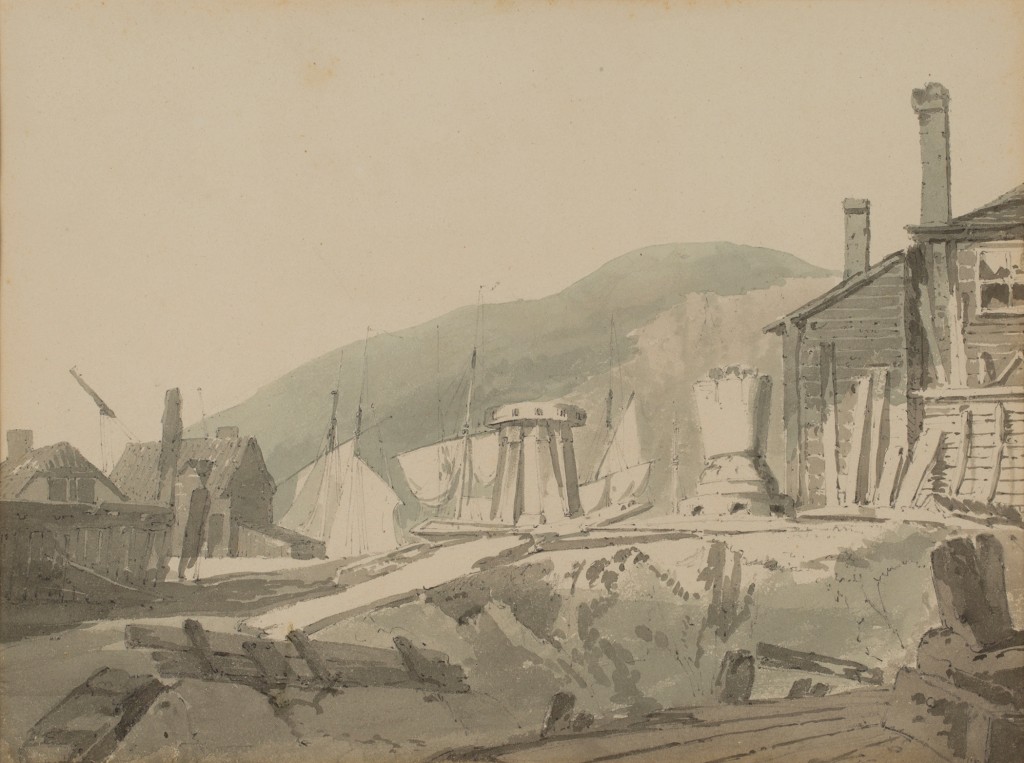
J.M.W. Turner would famously break free from the confines of convention and tradition recording impressions of the elemental in nature. The grey wash of his landscape ‘A beach at Dover’, gives a dramatic impression. It is a great treat to observe this rarely seen work.
John Claude Nattes’ landscape ‘Horsham on a Windy Day’ reflects something of the Horsham District’s rural identity today. It was acquired for the collection with help from the V & A Purchase Fund and the Friends of Horsham Museum.
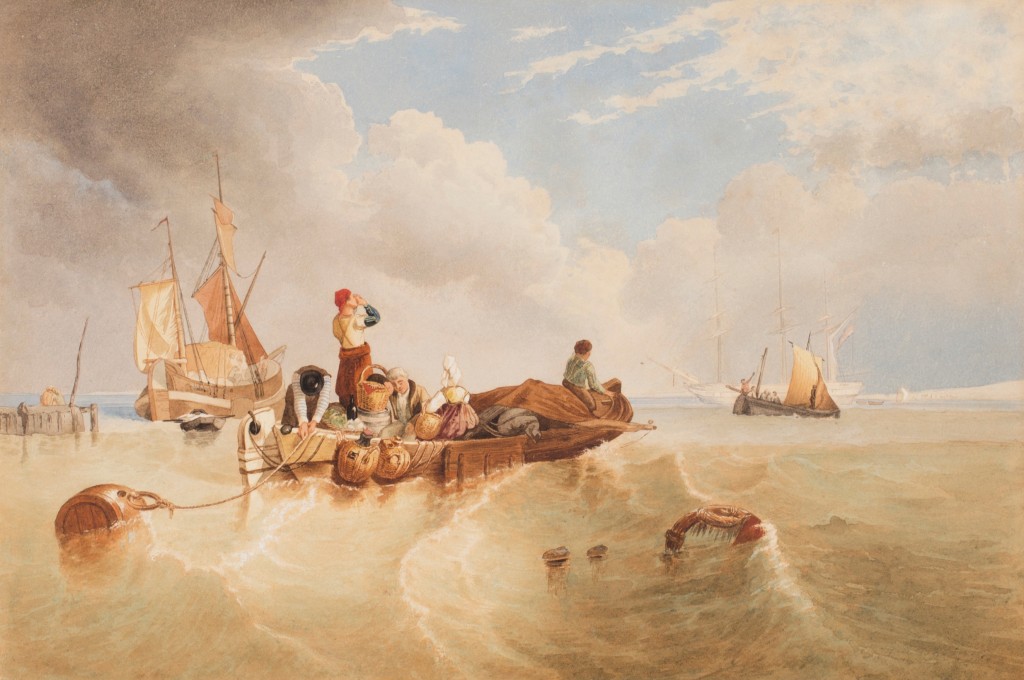
Clarkson Frederick Stanfield’s ‘A Market Boat on the Scheldt’, is a study for an oil painting in the V & A. and has been donated by Toovey’s Auctioneers & Valuers to the Horsham Museum and Art Gallery’s Watercolour Collection. After Turner, Stanfield was considered the greatest marine painter in Britain at the time. John Ruskin preferred Stanfield’s watercolours to his oils as they were more natural and less contrived. He thought him the ‘leader of our English Realists’.
I am proud that Toovey’s are sponsoring the exhibition and catalogue ‘In pursuit of the watercolours’. Toovey’s picture specialist, Nicholas Toovey, will be fund raising for the collection between 10am and 12noon on Saturday, 1st October 2016, offering free pre-sale valuations on your watercolours, prints and paintings at the Horsham Museum & Art Gallery, The Causeway, Horsham, RH12 1HE. A third of the seller’s commission for items seen at the event which are subsequently auctioned by Toovey’s will be donated to the Friends of Horsham Museum. Sellers will receive the full amount they would normally get but they will know that they have helped the Museum as well. This exceptional exhibition runs from 24th September to 15th October 2016 and admission is free.
By Rupert Toovey, a senior director of Toovey’s, the leading fine art auction house in West Sussex, based on the A24 at Washington. Originally published in the West Sussex Gazette.
